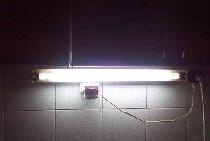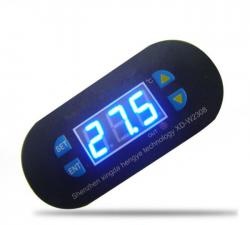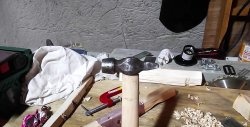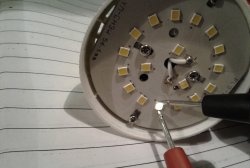“Milk porridge” mode in the POLARIS multicooker
So, having heard enough from my friends and acquaintances that this is a miracle device, I decided to keep up with them and also acquire this miracle machine. In general, I chose and chose, choosing a multicooker from POLARIS. This model cost relatively within reason, namely about four thousand rubles. I, of course, have no experience in choosing household appliances, but if you are still faced with a choice and want to buy this unit, then I sincerely do not advise you to take this model from me.
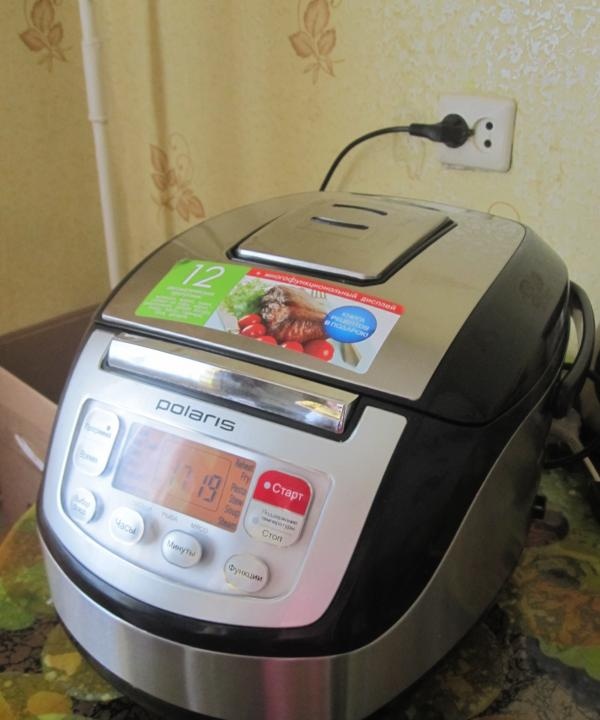
I won’t tell you everything and why, let’s take a specific minus: the lack of a mode for preparing milk porridge. If you try to cook milk porridge, it quickly runs away, after which the multicooker turns into something terrible. This problem occurs because milk needs a slightly lower temperature to boil than water. What can you do here? As a matter of fact, I decided to “adjust” the sensors a little, thereby lowering the limit for turning off the heating element.
Briefly about the operation of the device. The heating element heats the pan. It heats up until the microcontroller turns it off. And it will turn it off when the resistance on the sensors is below the response threshold.This model has two sensors: one in the middle of the heating element (it touches the pan) and the second is built into the top lid.
My idea is this: it’s tedious to reduce the resistance of the sensor, thereby lowering the threshold for switching off the heating element. To do this, I decided to implement a mode switch with a resistor
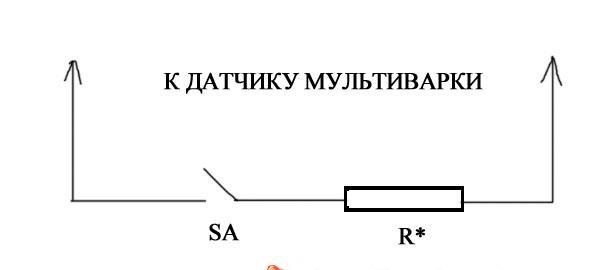
You should connect to one of the sensors, be careful: different sensors work in different modes. I chose the bottom sensor, so it works in the “porridge” mode; more precisely, both sensors work in this mode. The resistance of the resistor was selected experimentally; it was 33 kOhm.
We drill a hole with scissors (the plastic is very soft) and insert the Soviet switch.
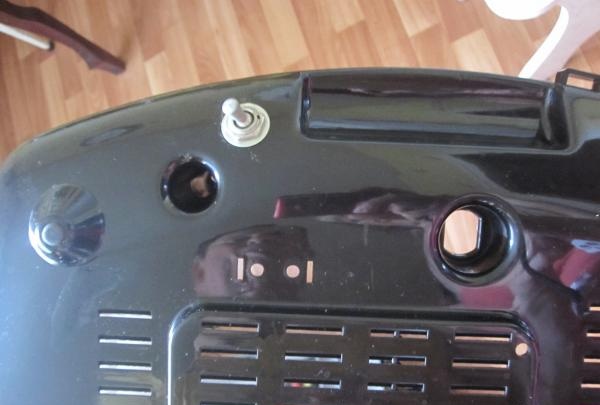
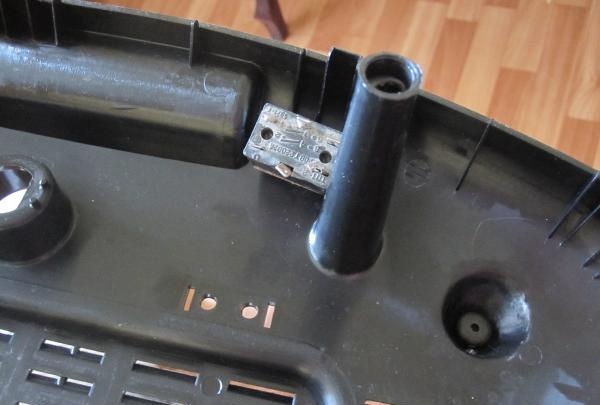
We unscrew the control board and solder the wires of our circuit
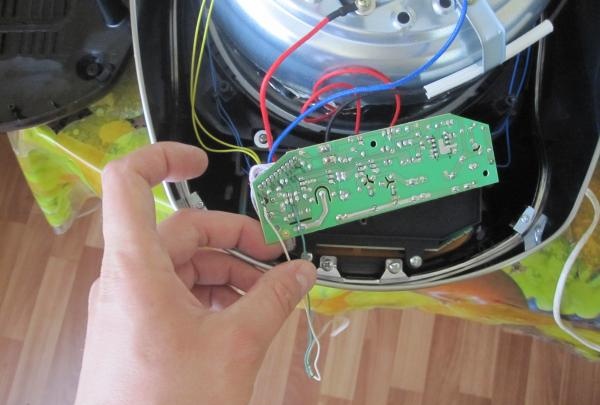
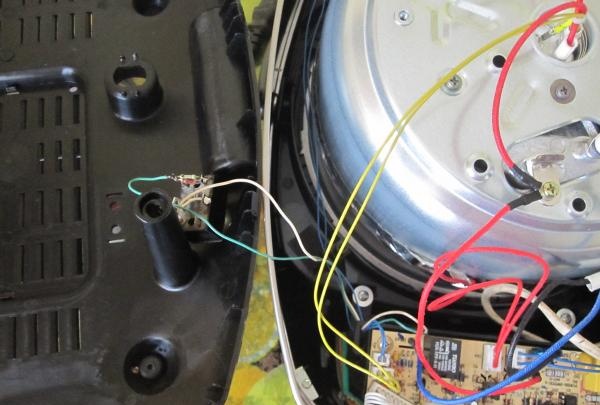
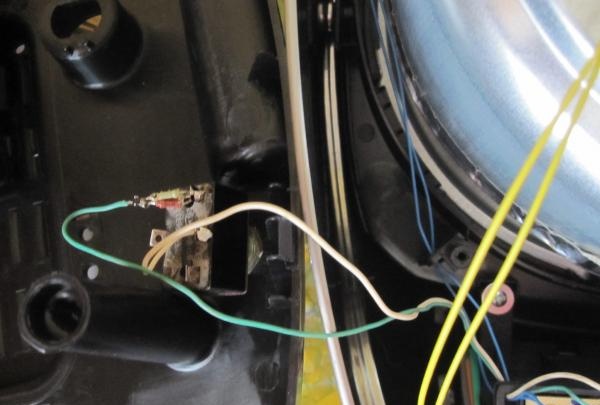
Close and check. Be careful that the wires do not touch the housing.
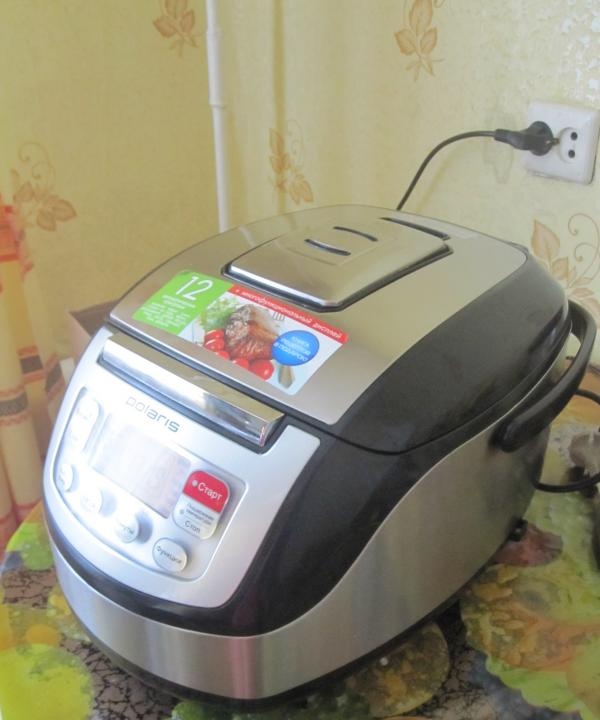
Everything works, the milk does not escape.
In conclusion, I will say that such an upgrade can be implemented in any multicooker that does not have such a mode.

I won’t tell you everything and why, let’s take a specific minus: the lack of a mode for preparing milk porridge. If you try to cook milk porridge, it quickly runs away, after which the multicooker turns into something terrible. This problem occurs because milk needs a slightly lower temperature to boil than water. What can you do here? As a matter of fact, I decided to “adjust” the sensors a little, thereby lowering the limit for turning off the heating element.
Briefly about the operation of the device. The heating element heats the pan. It heats up until the microcontroller turns it off. And it will turn it off when the resistance on the sensors is below the response threshold.This model has two sensors: one in the middle of the heating element (it touches the pan) and the second is built into the top lid.
My idea is this: it’s tedious to reduce the resistance of the sensor, thereby lowering the threshold for switching off the heating element. To do this, I decided to implement a mode switch with a resistor

You should connect to one of the sensors, be careful: different sensors work in different modes. I chose the bottom sensor, so it works in the “porridge” mode; more precisely, both sensors work in this mode. The resistance of the resistor was selected experimentally; it was 33 kOhm.
We drill a hole with scissors (the plastic is very soft) and insert the Soviet switch.


We unscrew the control board and solder the wires of our circuit



Close and check. Be careful that the wires do not touch the housing.

Everything works, the milk does not escape.
In conclusion, I will say that such an upgrade can be implemented in any multicooker that does not have such a mode.
Similar master classes
Particularly interesting
Comments (6)





